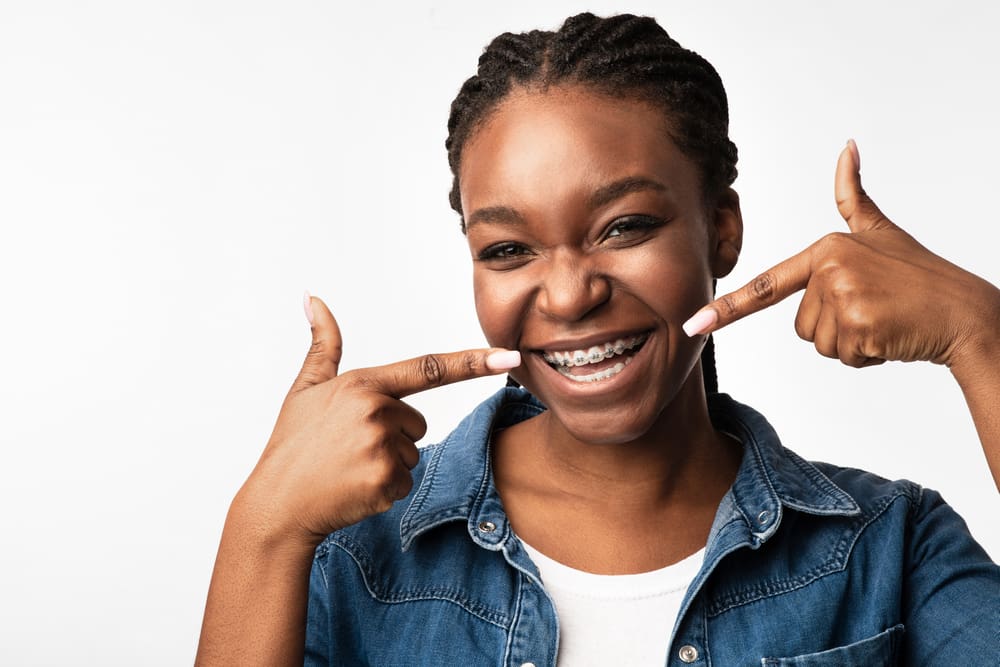The landscape of orthodontic care has transformed dramatically in recent decades, offering patients increasingly sophisticated options for dental correction. While traditional braces have long been the cornerstone of orthodontic treatment, the emergence of Invisalign has revolutionized the approach to dental alignment, providing a nearly invisible alternative that appeals to image-conscious individuals. With technological advancements continuing to reshape orthodontic care, patients now have more control over their treatment journey than ever before.
Understanding core treatment mechanisms
Both Invisalign and traditional braces effectively address various dental misalignments, including overbites, underbites, and crowded teeth. The fundamental difference lies in their methodology. Traditional braces utilize a system of metal brackets and wires permanently affixed to the teeth, while Invisalign employs a series of removable clear aligners custom-manufactured for each patient’s unique dental structure. This distinction in approach affects not only the treatment experience but also impacts daily life throughout the correction process.
Material composition and effectiveness
Advanced engineering Traditional braces feature titanium alloy components, known for their durability and precision in tooth movement. The metal brackets are bonded to each tooth and connected by wires that gradually guide teeth into their desired positions. Invisalign’s medical-grade thermoplastic material, specifically engineered for orthodontic use, offers comparable effectiveness while providing aesthetic advantages. The aligners are created using advanced 3D printing technology, ensuring precise fit and optimal tooth movement.
Treatment capabilities Modern orthodontic advances have expanded Invisalign’s treatment scope, making it suitable for most cases traditionally handled by metal braces. The system’s sophisticated planning software enables precise tooth movement prediction and customized treatment protocols. Each aligner is strategically designed to make incremental adjustments, with patients typically switching to new aligners every 1-2 weeks.
Patient-specific considerations
Age and lifestyle factors Adult patients often prefer Invisalign due to professional considerations and social comfort. The removable nature of aligners particularly benefits individuals with active lifestyles or those in public-facing positions. Teenagers may also find Invisalign appealing due to reduced social anxiety and the ability to participate in sports without worry of metal bracket injuries.
Medical considerations Patients with periodontal concerns may find Invisalign particularly advantageous. The removable aligners facilitate better oral hygiene and allow for easier professional dental cleaning. This benefit becomes especially crucial for adults who may face increased susceptibility to gum disease. Additionally, patients with metal sensitivities or those who play wind instruments often find Invisalign to be a more comfortable solution.
Maintenance requirements and long-term care
Daily management Invisalign requires disciplined wear time of at least 20 hours daily, with removal only for eating and cleaning. This flexibility allows for normal eating habits without food restrictions. Traditional braces demand careful attention to oral hygiene and dietary restrictions to prevent damage to the brackets and wires. Special cleaning tools, such as interdental brushes and water flossers, are often necessary for proper maintenance of traditional braces.
Post-treatment protocol Both treatment options necessitate consistent retainer use following completion. The initial three months require full-time retainer wear, followed by nightly use indefinitely to maintain results. Regular check-ups with orthodontists remain important to monitor tooth stability and address any concerns promptly.
Cost considerations and treatment duration
Treatment costs typically range similarly for both options, though some practices may charge premium rates for Invisalign due to the technological aspects involved in custom aligner production. Treatment duration varies by individual case complexity rather than the chosen method. Insurance coverage can vary significantly, with many dental insurance plans now offering partial coverage for both treatment options. Payment plans and financing options are often available to make treatment more accessible.
Making the final decision
The choice between Invisalign and traditional braces ultimately depends on several factors:
- Treatment complexity requirements
- Personal discipline level
- Lifestyle considerations
- Aesthetic preferences
- Oral health history
- Budget flexibility
- Insurance coverage
Current trends indicate a growing preference for Invisalign, particularly among adult patients, with approximately 85% of patients choosing this option. However, traditional braces remain an excellent choice for complex cases or patients who might struggle with the compliance requirements of removable aligners. The key to success with either option lies in maintaining consistent care routines and following orthodontist recommendations throughout the treatment process.

















